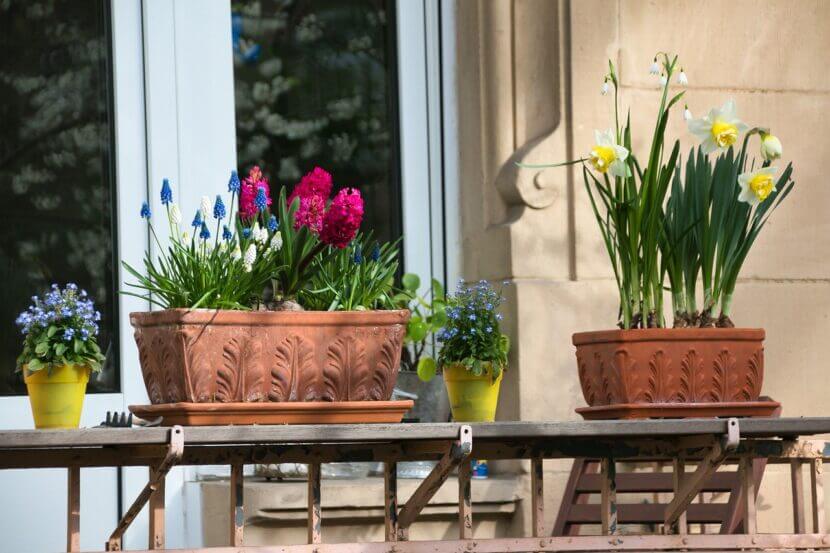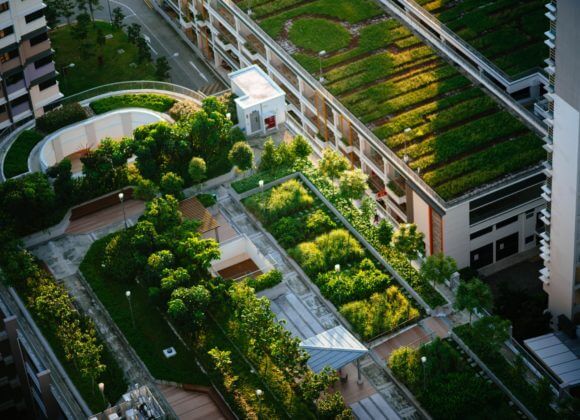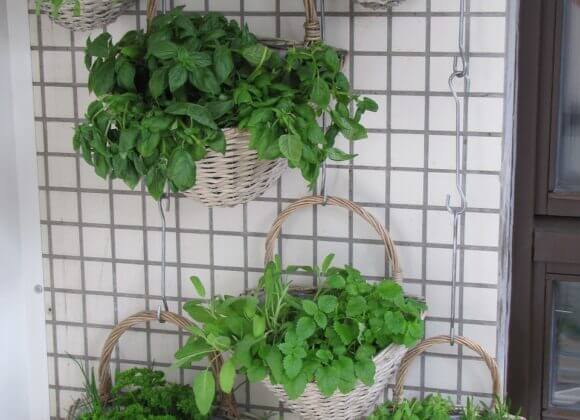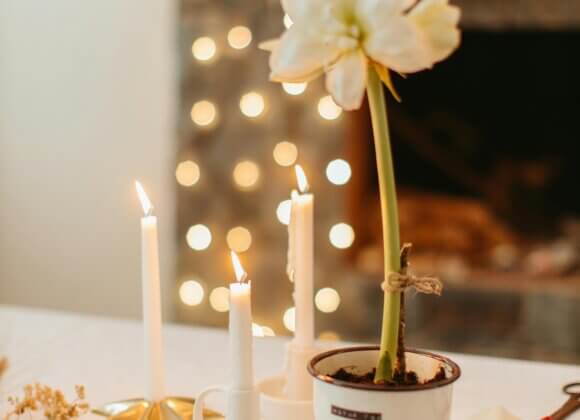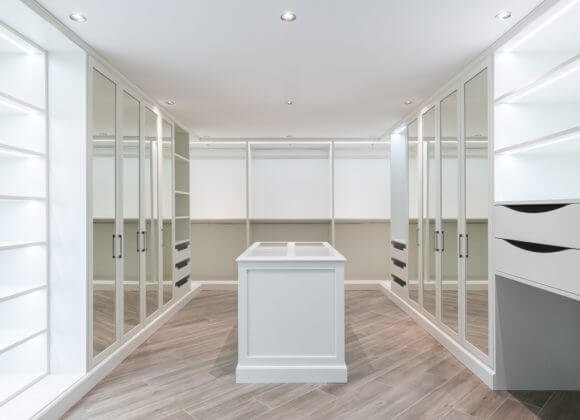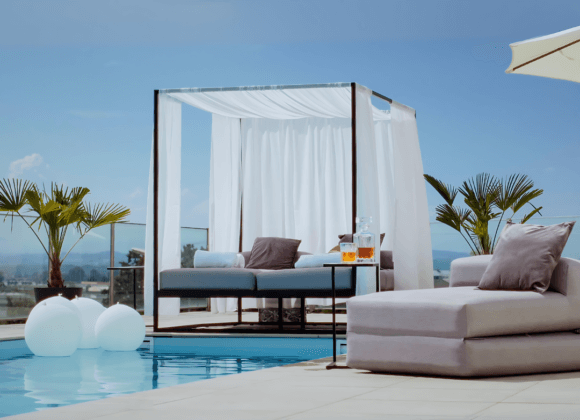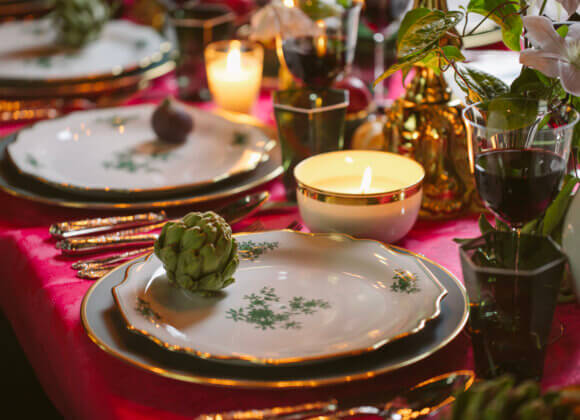When the temperatures rise, balcony owners get itchy fingers – after all, the outdoor living room is waiting to be filled with life again. This applies not only to furniture and decorations, but also to balcony plants. “To avoid disappointment, it is essential to choose the most suitable plants for the respective location,” advises Katja Batakovic from “Natur im Garten”.
Sun worshippers and figures of light
If you own a south or (south-)west-facing balcony, you can draw on the full potential when it comes to planting. Because there is plenty of sun, warmth and light here. In this case, fans of lush blooms can opt for lily of the valley, marigolds, small yarrows, noon flowers or cape baskets. Dipladenias, which can be grown up to six meters high with the help of trellises if well cared for, elf mirrors, dyer’s chamomile, pelargoniums, petunias, summer asters and zinnias also appreciate these conditions.
The same applies to balcony plants that are reminiscent of a vacation in the sunny south: lemons, figs, oranges, lavender, rock roses and oleander, as well as rosemary, thyme and oregano transform the outdoor oasis into a Mediterranean paradise.
There are also hardly any restrictions if you want to turn your balcony into a snack or small vegetable garden: Strawberries and blueberries will thrive on the sunny side just as well as most herbs, tomatoes, beans, peppers, cucumbers, onions or chili peppers.
The same applies in principle to salad. “If it gets too hot in midsummer, it may shoot. In this case, we recommend taking a break from cultivation until the end of August,” says Batakovic. By the way: owners of a south-facing balcony can enrich their menu with home-grown vegetables not only from spring to fall. “You can also grow winter vegetables here,” says Batakovic.
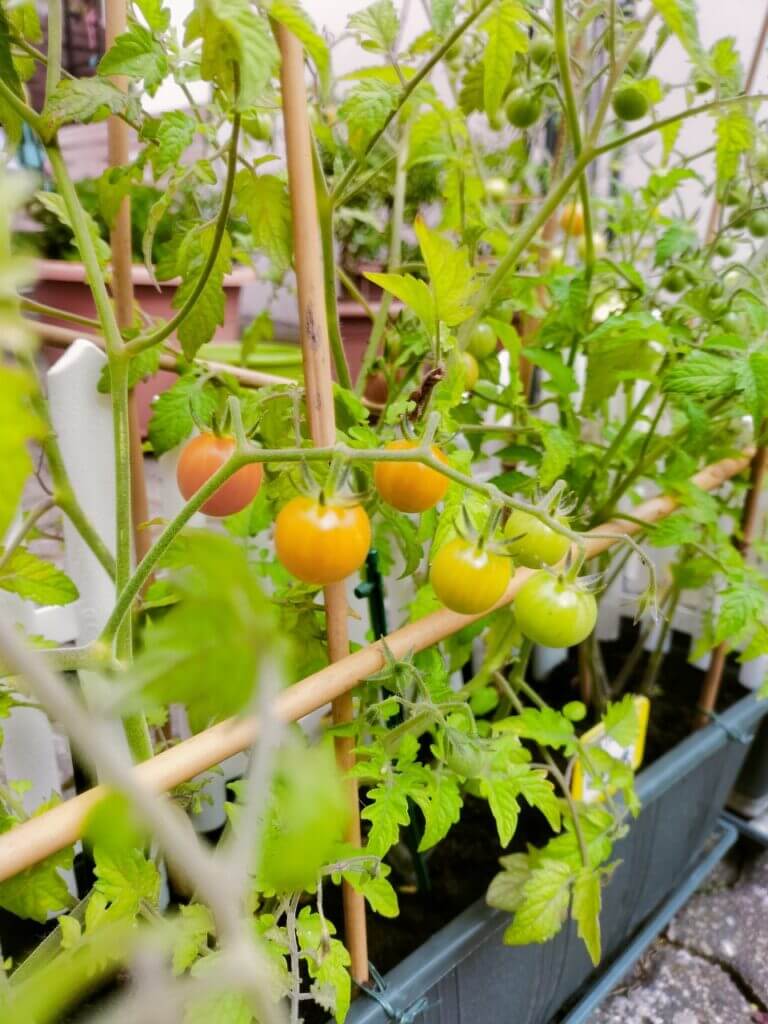
The morning sun on your face
However, some plants that generally prefer a sunny location will also do well in partial shade – and therefore on east-facing balconies. Vegetables include garlic, kohlrabi, spinach, radishes, Swiss chard, cabbages such as broccoli and cauliflower, as well as peas and beans. Herbs include sage, dill, chives, lovage, mint and lemon balm.
You don’t have to do without fruit either: Raspberries, currants, blackberries and wild strawberries, which like to grow in sparse forests in nature, also feel at home on the east side. The same applies to many types of flowers: nasturtiums, star umbels, autumn anemones, foxgloves, cranesbills and hydrangeas provide colorful accents.
Hello Darkness!
North-facing balconies pose challenges for amateur gardeners when it comes to planting. This is because the selection of balcony plants that can cope with the conditions prevailing there is not necessarily plentiful. “I wouldn’t grow fruiting vegetables here. The harvest won’t be plentiful and won’t taste good either,” says Batakovic.
Herbs such as watercress, rue, lemon balm and woodruff as well as vegetables such as sprouts and wild berries can cope with the light conditions. Golden and variegated nettles as well as funkia and the aforementioned hydrangeas bring color to the balcony as a small consolation.
Related posts:
5 gardening books for a blooming summer


